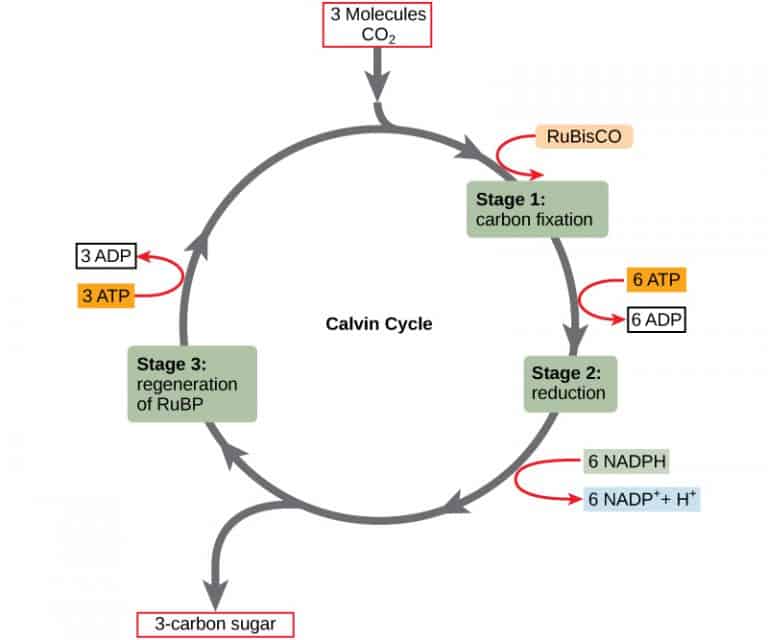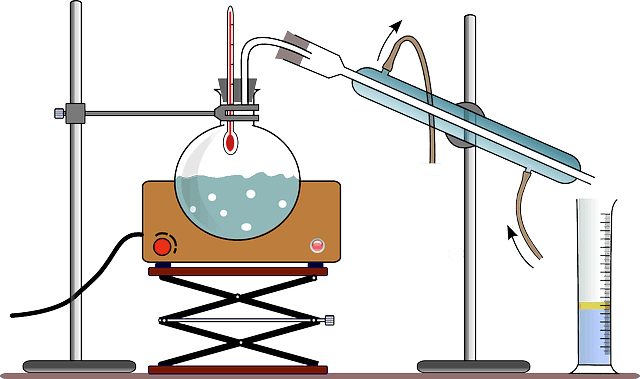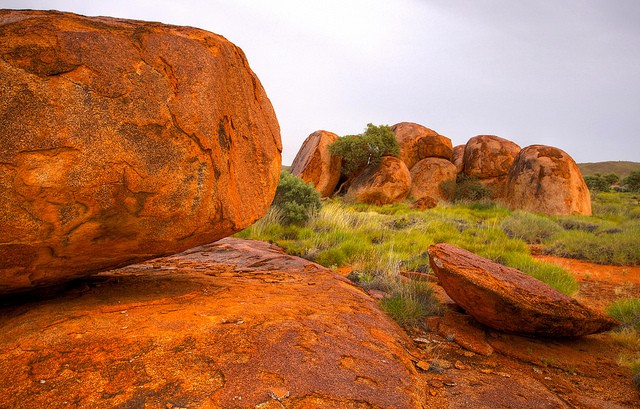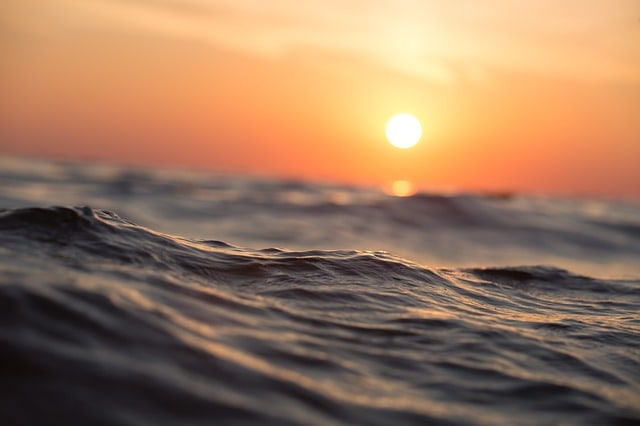45+ Staggering Facts About the Planet Uranus
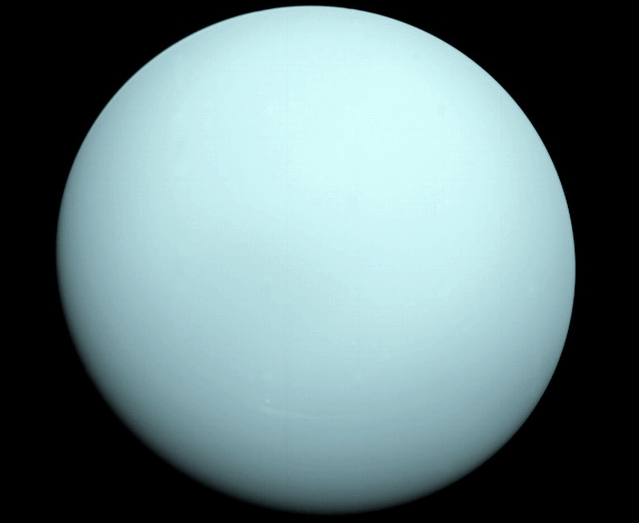
Uranus is the seventh planet from the Sun, third-largest in terms of size after Jupiter and Saturn, fourth massive planet and second (2nd) least dense planet in our Solar system. Uranus is tipped over on its side and has an axial tilt of 98 degrees. It is often referred to as an “ice giant” planet. With atmospheric temperature of about -224 degree Celsius, it is nearly coldest planet in the solar system. Uranus was named for the Greek god of the sky.
Only Voyager 2 spacecraft has flew past Uranus in the year 1986 and that too at a distance of 81,000 km. It took thousands of photographs of the gas/ice giant, its moons and rings. It takes 84 Earth years for Uranus to complete one trip around the Sun. It has has two sets of rings (11 inner rings and 2 outer rings). Due to axial tilt of close to 98 degrees, Uranus rolls on its side as it orbits around the Sun. Here are 45+ staggering facts about the planet Uranus that are going to surprise you a lot.
Fact 1. Uranus is the seventh (7th) planet from the Sun and is the third-largest in terms of size after Jupiter and Saturn. It is also the first planet discovered with a telescope.
Fact 2. Uranus is tipped over on its side and has an axial tilt of ninety-eight (98) degrees. It is therefore often described as “rolling around the Sun on its side“.
Fact 3. The odd tilt of Uranus is due to the fact that is constantly being hit by moon-sized asteroids resulting in a 97.777 degree tilt which is almost perpendicular to our Earth.
Fact 4. Because of the odd way it spins, there are places where the night can last for more than forty (40) years.
Fact 5. Uranus has an equatorial diameter of 51,118 km and polar diameter of 49,946 km. Due to its extensive diameter, sixty-three (63) Earths can fit inside it.
Fact 6. Uranus has a minimum temperature of less than -224 degree Celsius which makes it coldest planet in the solar system.
Fact 7. Uranus is named after an ancient Greek God of the sky.
Fact 8. Like its fellow gas giants, the planet has a hydrogen upper layer which is basically helium and hydrogen. The planet’s mantle is made of ice surrounded by rock and an ice core.
Fact 9. Most of its atmosphere is made of ammonia, methane ice and water that give it that blue pale color.
Fact 10. The planet was discovered by a British astronomer, Sir William Herschel who, while searching the sky using his telescope on March 13, 1781, noticed the planet and named it Georgium Sidus or the Georgian Planet.
Fact 11. Uranus is the first planet discovered in the modern times. The planet turns on its axis regularly; once very seventeen (17) hours and fourteen (14) minutes.
Fact 12. NASA’s Voyager 2 was the only spacecraft able to visit Uranus. It swept past the planet at a distance of 81,500 km in the year 1986.
Fact 13. The mass of Uranus is 8.68×10^25 kg which is about fifteen (15) earths.
Fact 14. Uranus has has two (2) outer rings and eleven (11) inner rings. It’s thirteen (13) rings are quite faint and are not clearly seen.
Fact 15. Uranus is mostly composed of rock and ice and has an effective temperature of -216 degree Celsius.
Fact 16. The orbit distance of Uranus is about 2,870,658,186 km or 19.19 AU.
Fact 17. Uranus has an orbit period of 30,687 days or 84 years.
Fact 18. The atmosphere contains 83% hydrogen, 15% helium and 2% methane.
Fact 19. The blue color of Uranus is caused by the absorption of red light due to methane in the atmosphere.
Fact 20. It was the Kuiper team who first named the planet’s rings: Alpha, Beta, Gamma, Delta and then Epsilon. The Perth Team named the other rings from 1 to 6. The first rings were discovered by the Hubble Space Telescope from 2003 to 2005.
Fact 21. Uranus’s rings were finally named Mu, Nu, Epsilon, Lambda (1986 U1R), Delta, Gamma, Eta, Beta, Alpha, 4, 5, 6 and Zeta (1986U2R).
Fact 22. The inner and outer rings of the planet possibly formed when one of Uranus’s moons broke into piece upon impact with another object.
Fact 23. The brightest ring of Uranus is called the Epsilon ring.
Fact 24. The magnetic field of the planet is not centered at the center but it is tiled almost sixty degrees relative to the axis of rotation. This is generated by the motion at shallow depths within Uranus.
Fact 25. Uranus has at-least twenty-seven (27) moons.
Fact 26. Uranus is the second (2nd) least dense planet in our Solar system with a mean density of 0.687 g/cm3 which is less dense than water.
Fact 27. There are two ways one can pronounce Uranus: ū·rā′·nəs (“your anus”) and ūr′·ə·nəs (“urine iss”).
Fact 28. The planet is the farthest one from the Earth that can be seen by the naked eye.
Fact 29. Compared to the other moons are named using classical mythology, the names of the moons on Uranus take the names of Shakespeare’s writings.
Fact 30. Uranus’s moons form three main classes: the eleven (11) small dark inner ones which were discovered by Voyager 2, the five (5) large ones and the recently discovered further ones.
Fact 31. Uranus is the fourth (4th) most massive planet in the solar system and is also referred to as an ice giant.
Fact 32. Until 1781, people thought Uranus was a star. The planet was first recorded by John Flamsteed in 1690, who actually thought it was a star that belonged to the Taurus constellation.
Fact 33. Most of its moons have circular orbits in the plane of the planet’s equator; the outer four (4) are much more elliptical.
Fact 34. Titania is Uranus’s largest moon, followed by Oberon, Umbriel, Ariel and Miranda. Ariel is Uranus’s brightest moon while Umbriel is it’s darkest. Each of the planet’s moons have low geometric albedos and low bonds.
Fact 35. Miranda, one of the planet’s moons, contains terraces, ice canyons and other eerie-looking surface features. Miranda, one of its moons, is the smallest one of them all. It is also closest to the planet.
Fact 36. Uranus’s moon, Ariel, was discovered in 1851 by William Lassell.
Fact 37. Titania is the planet’s largest satellite and eighth (8th) largest one in the solar system. It has a diameter of 1,577.8 km and a mass of 3.42 x 10^21 kg which is 4.7% of the mass of Earth’s moon.
Fact 38. The planet rotates in a retrograde-type direction which is opposite to how Earth rotates.
Fact 39. Uranus has very strong zonal winds in its atmosphere which can reach up to 900 kph or 560 mph. This can generate anticyclonic storms comparable to Jupiter’s Great Red Spot.
Fact 40. Uranus has a magnitude of 5.3 which is just within the human eye’s brightest scale.
Fact 41. It is believed that Uranus’s rings are rather young since they did not form together with the planet.
Fact 42. Uranus is the smallest out of the Jovian planets.
Fact 43. The planet also contains cloud patters that changes between hemispheres, some of it lasts only a few hours but others can last decades.
Fact 44. The presence of methane in the planet’s atmosphere gives it that bluish-green color. Methane absorbs the red spectrum visible light.
Fact 45. The planet also has traces of other hydrocarbons such as diacetelyn, ethane, methlacetylene and acetylene all of which are believed to be the result of methane interacting with solar ultraviolent radiation.
Fact 46. Although nearly 63 times larger than our Earth, due to its low density, its gravity is only about ninety (90) percent that of Earth’s.
Fact 47. Since the time the planet Uranus has been discovered, many scientists observed that at certain points during its orbit Uranus is being pulled out farther into space.
Fact 48. One of the key people who discovered the planet’s rings come from the Kuiper Airborne and Perth Observatory in Australia.


